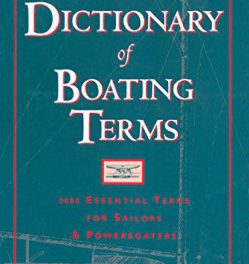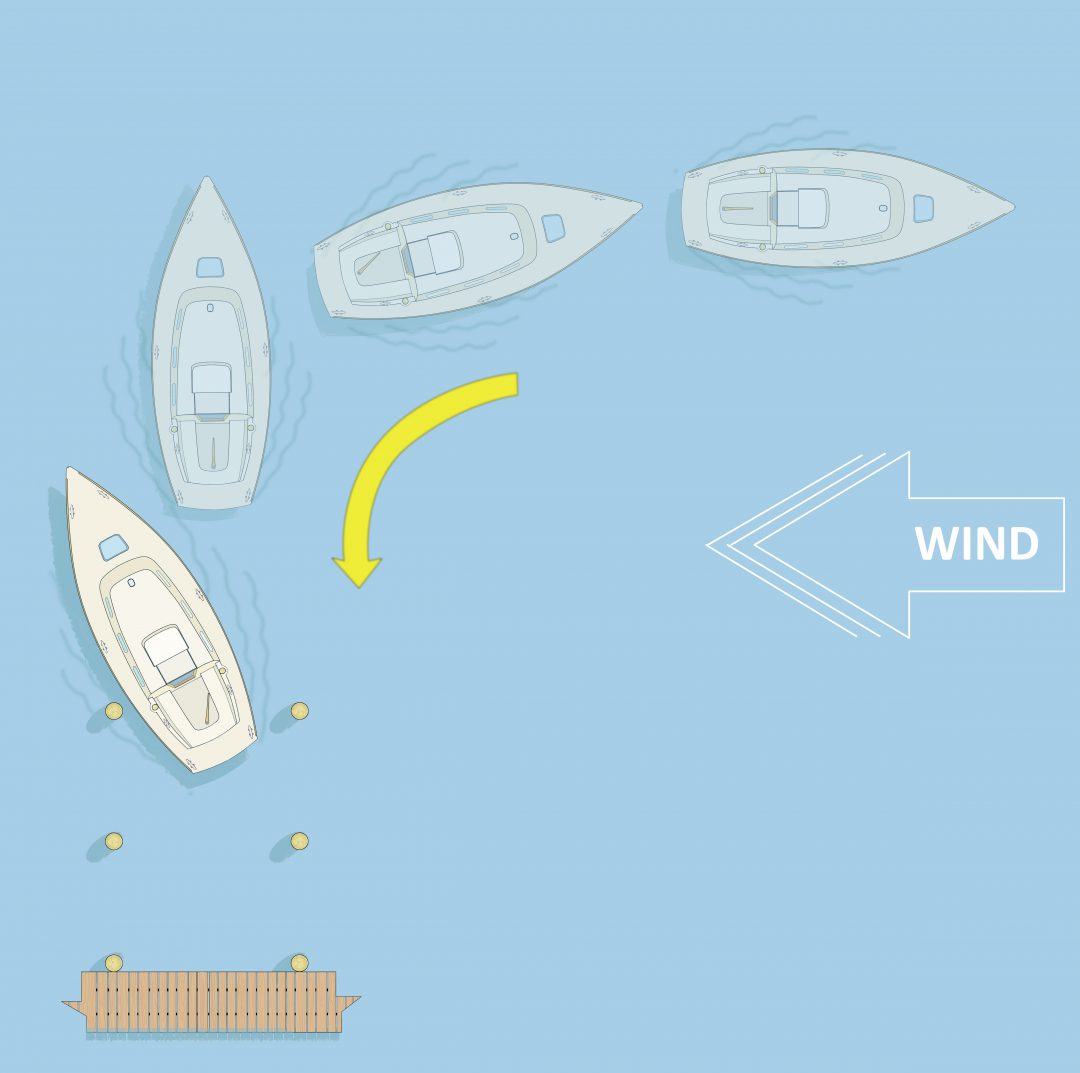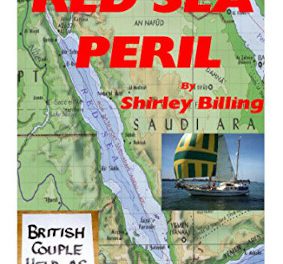 Are you a sew-it-yourself boater considering a cruise through the Caribbean? Or have you always wanted a complete set of international signal flags but haven’t the money to buy them or the energy and time to create your own patterns? Making your own courtesy and signal flags can be a challenging but rewarding part of the cruising lifestyle. Calculating the correct size and shape of each flag, copying and enlarging the sometimes quite complicated designs, and finding the easiest way to sew all those colorful pieces together to create a correct and usable flag can give the creator a great sense of accomplishment and . . . a huge headache.
Are you a sew-it-yourself boater considering a cruise through the Caribbean? Or have you always wanted a complete set of international signal flags but haven’t the money to buy them or the energy and time to create your own patterns? Making your own courtesy and signal flags can be a challenging but rewarding part of the cruising lifestyle. Calculating the correct size and shape of each flag, copying and enlarging the sometimes quite complicated designs, and finding the easiest way to sew all those colorful pieces together to create a correct and usable flag can give the creator a great sense of accomplishment and . . . a huge headache.
When it comes to Caribbean courtesy flags and international signal flags, Bonnie Ladell and Matt Grant are your next pain relievers. They have just written a simple and concise book with all the patterns and designs needed to create 28 Caribbean courtesy flags as well as a complete set of 40 international signal flags.
The first section of the book, written by Bonnie Ladell, is focused on the making and flying of courtesy flags. It includes complete instructions and patterns for making each Caribbean country’s courtesy flag as well as information on what the colors and designs of each flag mean to their countrymen. She has included important information on displaying the Q flag correctly when checking into a foreign port as well as information on how to fly courtesy flags. Color pictures of each country’s flag are provided as a helpful guide to correctly positioning the designs and using the correct colors. Though the designs and pictures used in this part of the book could be clearer and of better quality, the information and instructions provided appear to be accurate and easy to follow.
The second section, by Sailrite’s Matt Grant, includes a complete and efficient layout of each required color and the size and shape of each pattern piece for a complete set of international signal flags. General instructions and tips on sewing theset of flags guide you through your work. Along with the helpful color pictures of each flag, an explanation of the meaning of each flag, both internationally and when used in yacht racing, is included. You will also find information on how to fly these flags using wooden toggles.
At times, I would have chosen different construction techniques. In some instances, I would rather use a one-pattern piece with a zigzag stitch around the edges, and cut the back side away to allow the correct color to show on both sides rather than sew a pattern piece to both sides. Or, by taking a more quilting type of approach, I find it easier to sew strips of colors together, cut those strips to the proper size, and sew them to attain the proper patchwork design instead of appliquéing one color onto another (and having to do this on both sides) as in the checkered “N” signal flag.
Still, Bonnie and Matt have come up with easy-to-follow instructions, plus measurements and patterns to use that will greatly reduce the workload for the sew-it-yourself boater heading to the Caribbean. And, the spiral binding allows the book to lie flat while tracing the designs and following the instructions. Now that’s pain relief!
Make Your Own Courtesy and Signal Flags by Bonnie Ladell and Matthew Grant (Sailrite Enterprises, Inc. 2001: 64 pages)




